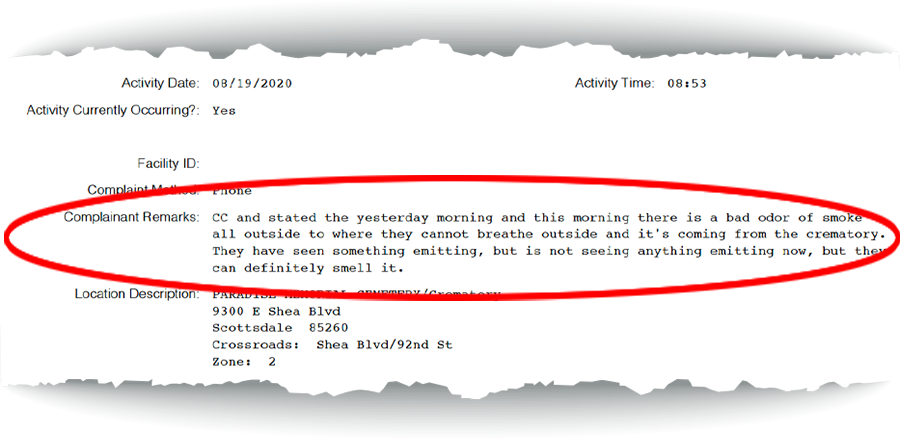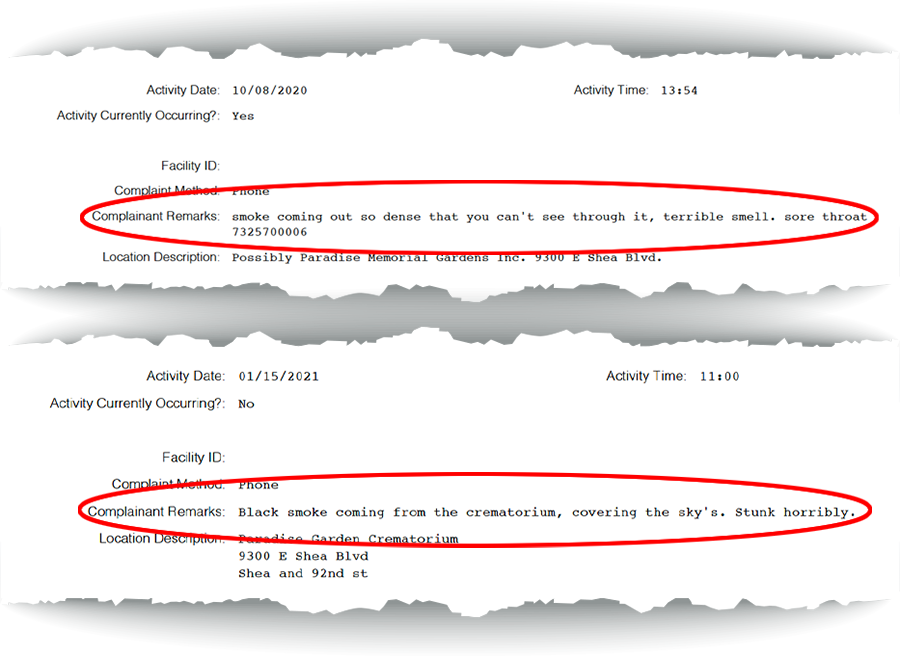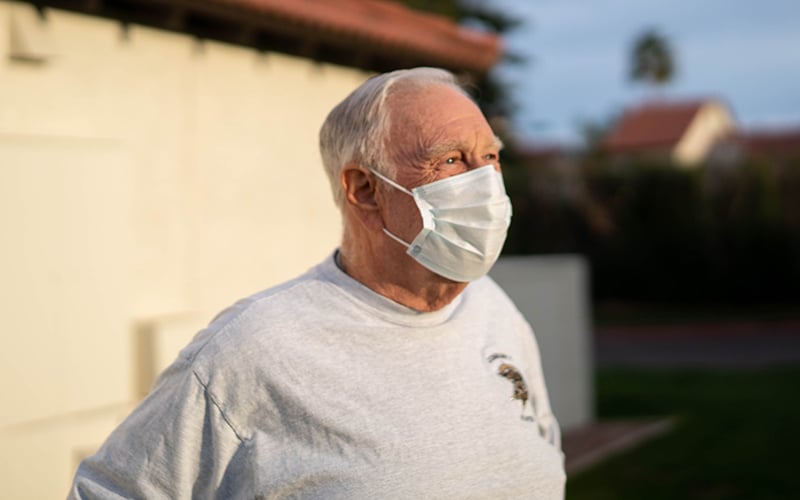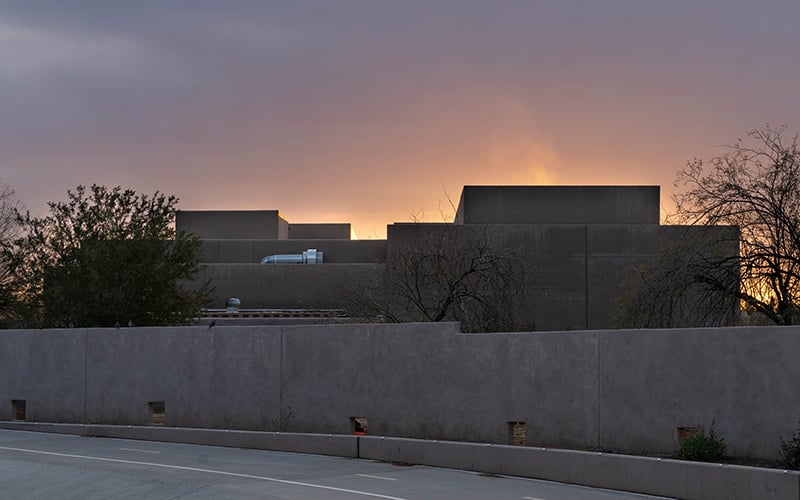Three years ago, Paradise Memorial Crematory expanded the number of cremation ovens on their premises from three to six, Ahearne said, and plans to add another in the next five or six months.
“What we’re trying to do here is cremate as many as we have to for our clients and not smoke at all,” Ahearne said. “And unfortunately, sometimes we do.”
Throughout the pandemic, said Gregg Busch, funeral service manager at Neptune Society in Tempe, the increased number of COVID-related deaths and cremations has forced staff members to work into the night and put employees at risk of COVID-19 infection.
“Everybody is shorthanded and everybody is struggling to keep up,” Busch said.
“Organizations like our own – which focus entirely on cremation – have been overwhelmed by the pandemic,” said Busch, who has more than 40 years of experience in the funeral industry. “Not only just the number of deaths that have occurred but also in the fact that our staff and our employees have many times become infected, which puts us even farther behind with low staffing.”
This wasn’t the first time crematoriums extended hours of operation to keep up with an increased number of deaths, he said, but “nothing compared to this.”
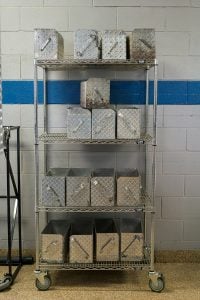
The ashes and bones of a cremated person are brushed into rectangle metal boxes before being placed in an urn for grieving loved ones. (Photo by Kevin Pirehpour/Cronkite News)
“It was certainly a difficult time during the H1N1 pandemic,” Busch said. “The COVID-19 pandemic is much more.”
An estimated 151,700 to 575,400 people worldwide died from the H1N1 “swine flu” pandemic in 2009, its first year of circulation, according to the Centers for Disease Control and Prevention.
In about the same time, more than 2.5 million people worldwide have died from COVID-19, according to the Johns Hopkins University of Medicine.
Dove tries to escape the emissions from Paradise Memorial Crematory by keeping her windows and doors shut – or leaving her complex. She has stopped inviting people to her home, and some of her neighbors refrain from using their patios, she said, because they never know when the “smell is going to hit.”
“We’re not unreasonable people,” Dove said. “We just need a break from this once in a while. I mean, it’s just continuously going.”
Crematorium emissions depend on the materials burned in the chamber, according to a 2020 Canadian study, such as natural gas used to fuel incineration chambers and particulate matter and heavy metals, such as trace amounts of mercury from dental fillings.
The CDC says obesity increases likelihood for severe illness and death from COVID-19, and bodies weighing more than 200 pounds generate more smoke than those weighing less, Ahearne said. Paradise Memorial Crematory processes heavier bodies in the morning and the lighter ones in the afternoon and evening to limit visible pollution.
“The size of people that are dying of COVID are larger people,” he said. “Weight has a lot to do with the ability to cremate somebody, and when you can cremate them. When you have a lot of heavier people, you do those first thing in the morning.”
No matter the materials burned, or the weight of the deceased, crematoriums are allowed to release smoke visible up to 20% opacity in the air, according to Maricopa County Air Quality regulations.
The hazardous visible aerosol particles, referred to as particulate matter, that crematoriums emit is of “minimal” concern compared with the pollution caused by vehicle traffic or backyard bonfires, said Philip McNeely, director of the air quality department.

